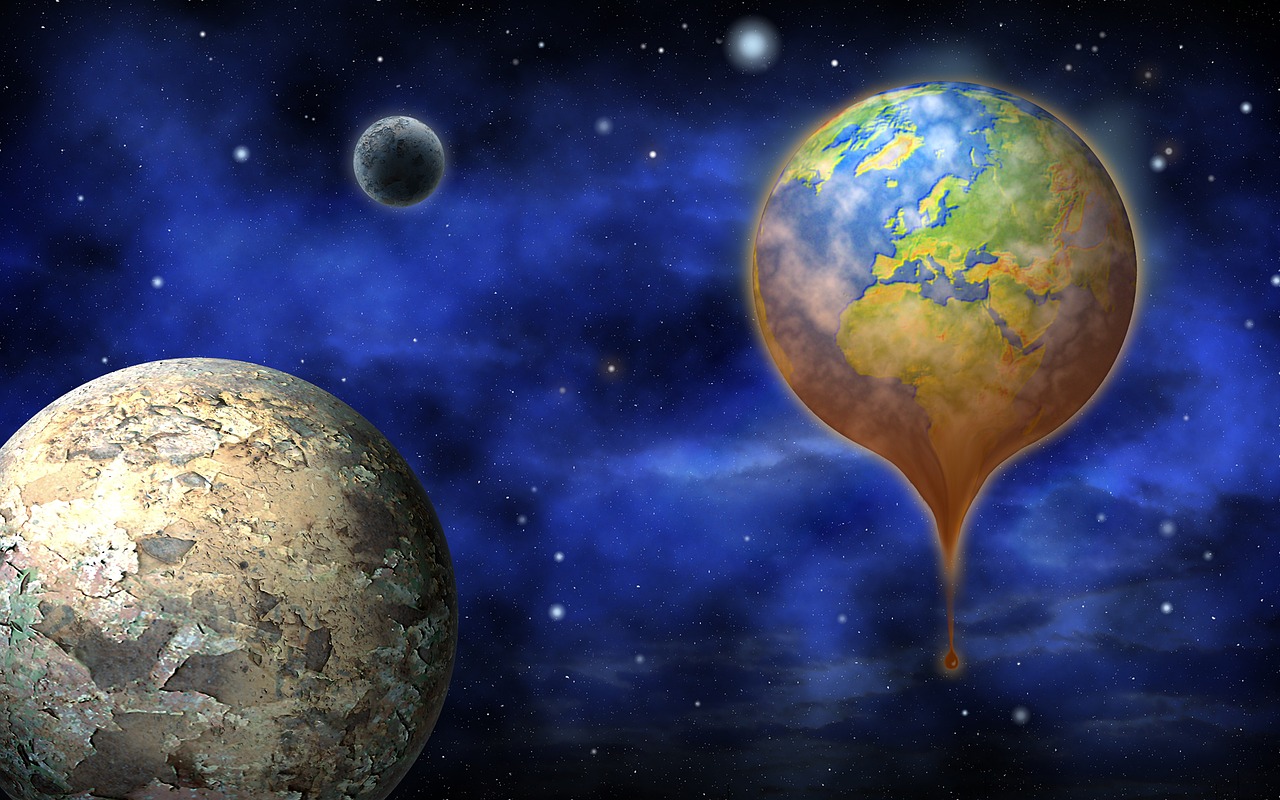
The world Meteorological Organization has released their WMO Greenhouse Gas Bulletin for 2018, and unfortunately last year’s average carbon dioxide concentrations in the planet’s atmosphere followed the continuing trend year-over-year increases, resulting in a new annual record for CO2 levels.
Average concentrations of CO2 in the atmosphere in 2018 reached 407.8 parts per million (ppm), an increase of 2.3 ppm over the 405.5 ppm recorded in 2017. These concentrations reached a peak on May 14, 2018, when a level of 412.60 ppm was recorded at Hawaii’s Mauna Loa Observatory. That record peak was surpassed this year on May 15, when CO2 levels at Mauna Loa spiked at 415.70 ppm.
The report notes that the 2017-2018 increase was similar to the increase recorded between 2016 and 2017, and was slightly higher than the average year-over-year increases seen over the past decade, suggesting an acceleration in the rise in atmospheric CO2.
“There is no sign of a slowdown, let alone a decline, in greenhouse gases concentration in the atmosphere despite all the commitments under the Paris Agreement on Climate Change,” according to WMO Secretary-General Petteri Taalas. “We need to translate the commitments into action and increase the level of ambition for the sake of the future welfare of the mankind.”
Current carbon dioxide levels are nearly 47 percent over pre-industrial levels, and are at the highest the planet has seen in at least 800 millennia—a period where CO2 levels, typically averaging in the low-200s, never exceeded 300 ppm—and possibly the highest in over 3 million years. The sudden acceleration in the rise CO2 levels over the past century, driven by human activity, is also unprecedented, and rivaled only by the Chicxulub meteor impact that sounded the death knell for the dinosaurs 65 million years ago.
“It is worth recalling that the last time the Earth experienced a comparable concentration of CO2 was 3-5 million years ago. Back then, the temperature was 2-3°C [3.6–5.4°F] warmer, sea level was 10-20 meters higher than now,” said Mr Taalas.
The report also predicts that global emissions “are not estimated to peak by 2030, let alone by 2020, if current climate policies and ambition levels of the Nationally Determined Contributions (NDCs) are maintained.” Indeed, the preliminary findings of the Emissions Gap Report indicated an increase in carbon emissions in 2018, underscoring a “glaring – and growing – gap between agreed targets to tackle global warming and the actual reality.”
“The findings of WMO’s Greenhouse Gas Bulletin and UNEP’s Emissions Gap Report point us in a clear direction – in this critical period, the world must deliver concrete, stepped-up action on emissions,” according to Inger Andersen, Executive Director of the UN Environment Programme (UNEP). “We face a stark choice: set in motion the radical transformations we need now, or face the consequences of a planet radically altered by climate change.”
Subscribers, to watch the subscriber version of the video, first log in then click on Dreamland Subscriber-Only Video Podcast link.
In light of these negative climate findings from the WMO and from UNEP, it’s just as well that there was a Global Climate Strike on Black Friday, renamed Black Climate Friday by the climate protestors around the world. That climate strike was called in advance of next week’s COP25 global Climate Conference in Madrid, Spain. I hope that Greta Thunberg’s journey across the Atlantic ocean via friends with a yacht gets her back to Europe in time for her to attend COP25.
She’s tweeted that they expect to land in Portugal on Tuesday, so she could make Madrid in short order after that:
https://twitter.com/GretaThunberg/status/1200900303761166336